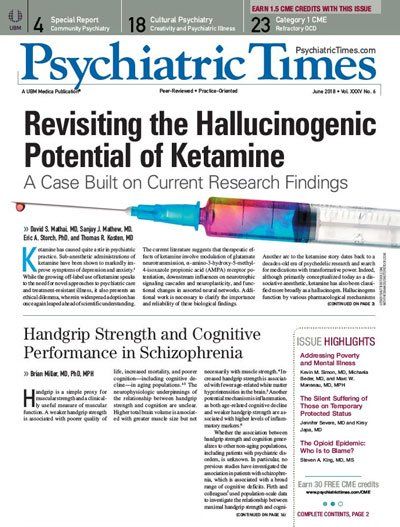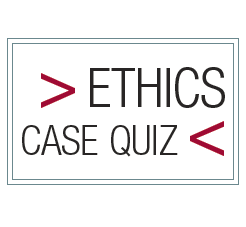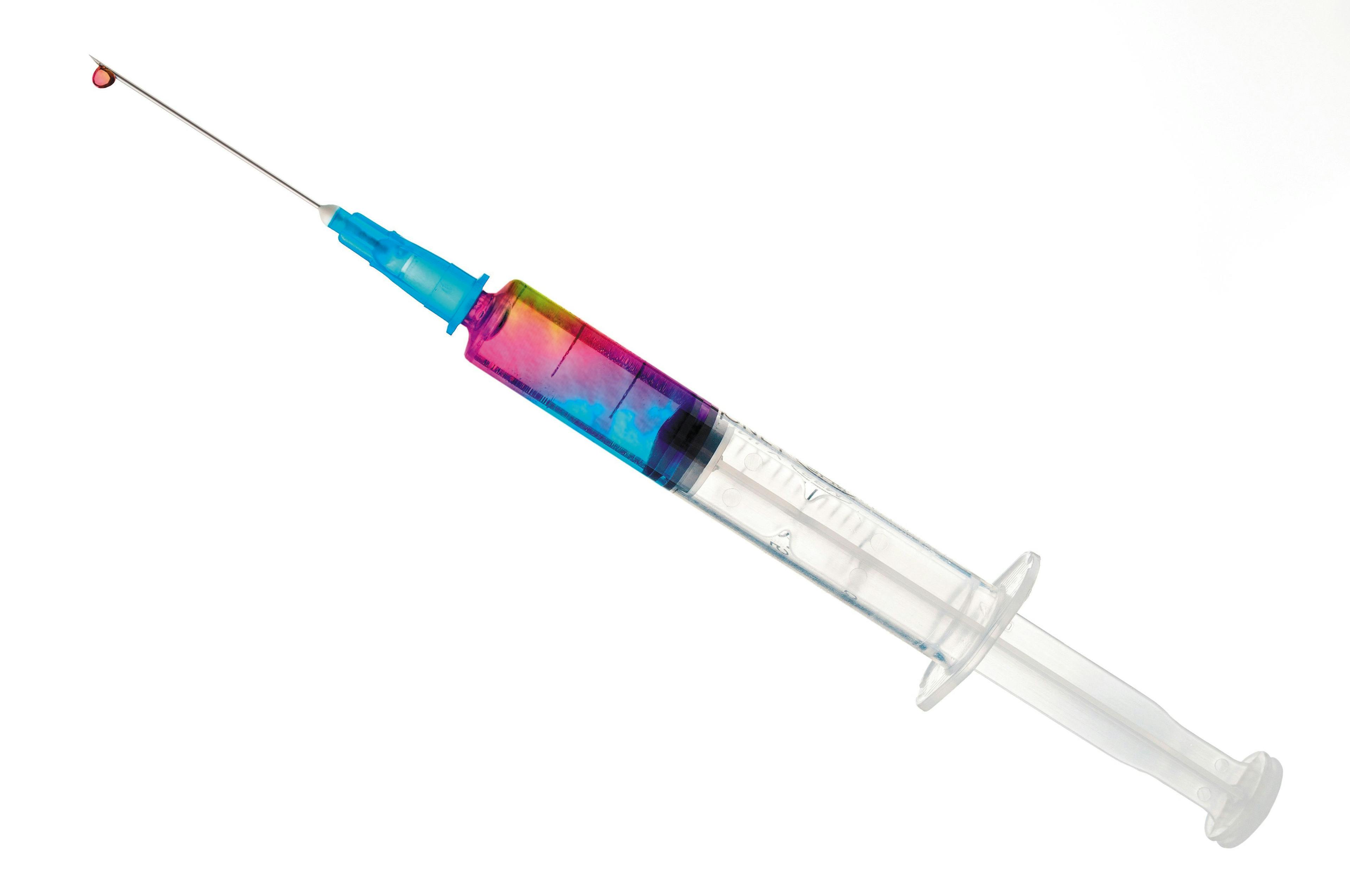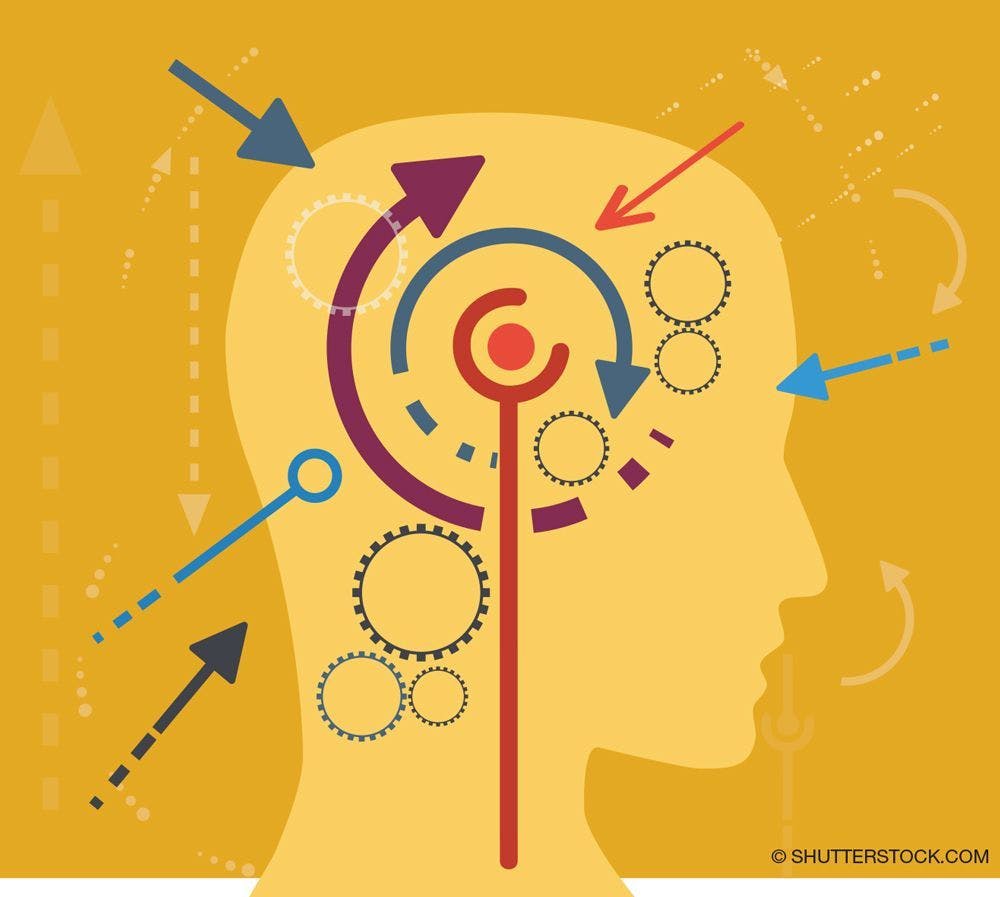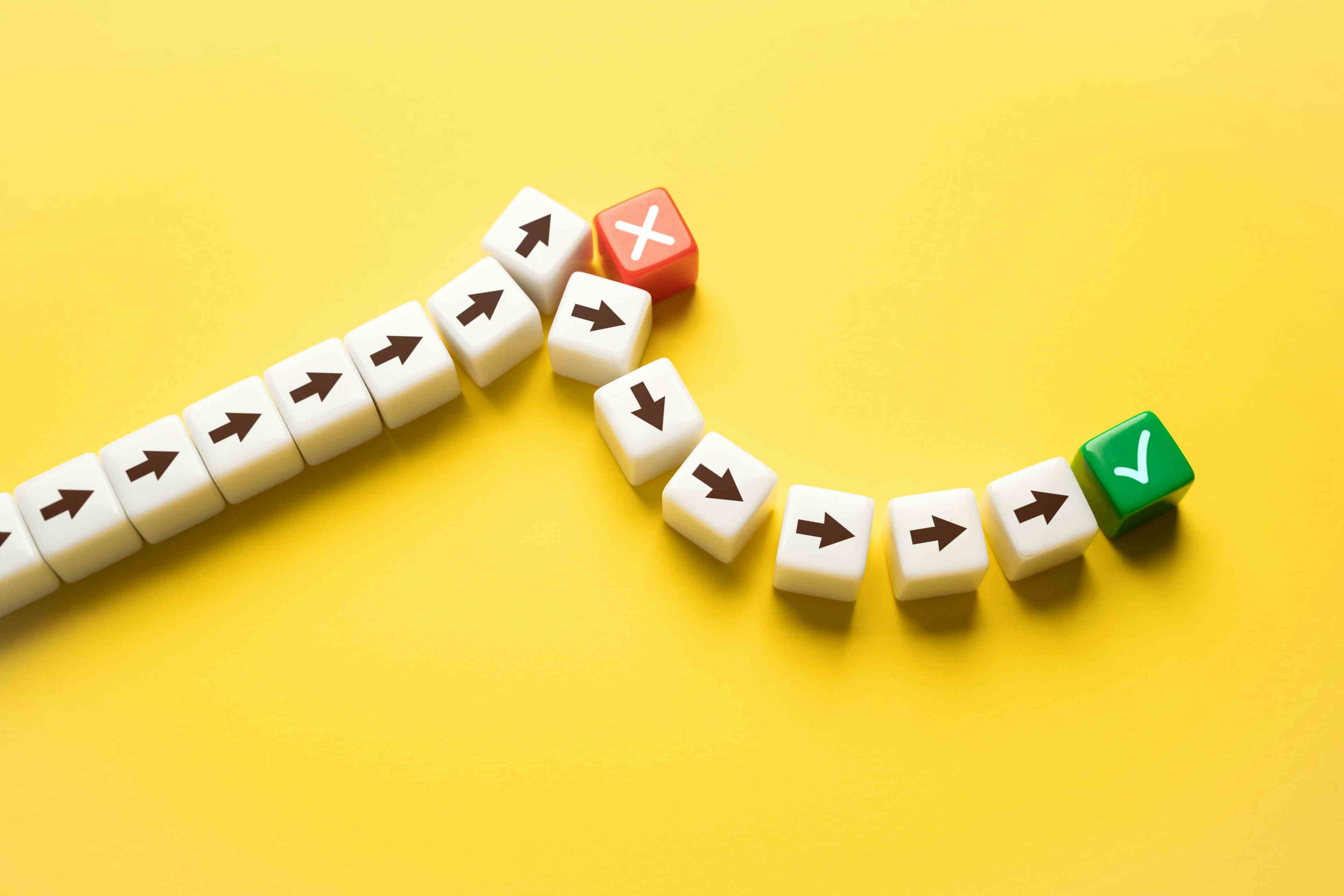Publication
Article
Psychiatric Times
Revisiting the Hallucinogenic Potential of Ketamine
Author(s):
An exploration of findings from contemporary research that hint at the unexplored hallucinogenic potential of ketamine and considerations for future investigation.
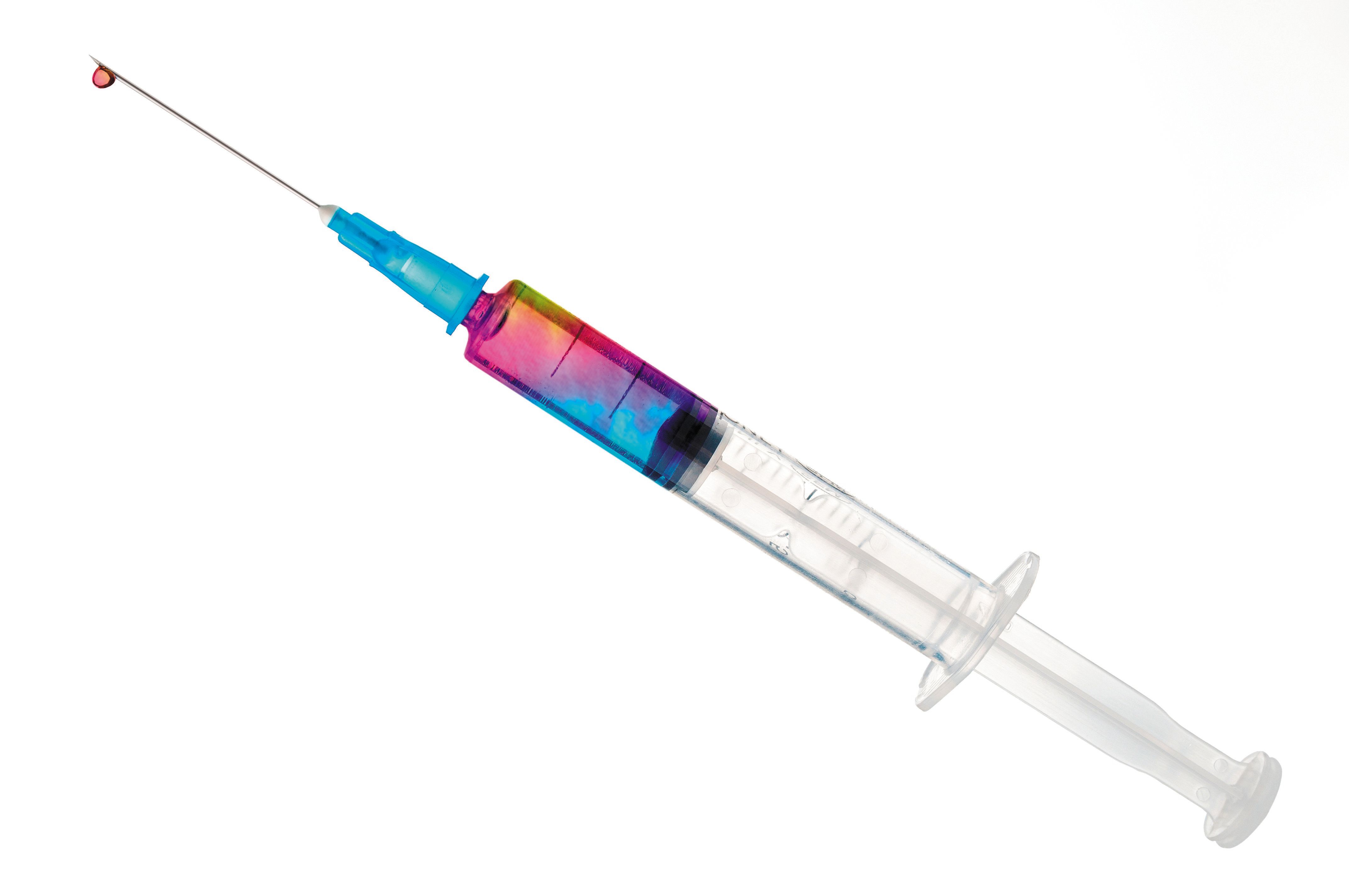
A Case Built on Current Research Findings
Ketamine has caused quite a stir in psychiatric practice. Sub-anesthetic administrations of ketamine have been shown to markedly improve symptoms of depression and anxiety.1 While the growing off-label use of ketamine speaks to the need for novel approaches to psychiatric care and treatment-resistant illness, it also presents an ethical dilemma, wherein widespread adoption has once again leaped ahead of scientific understanding.
The current literature suggests that therapeutic effects of ketamine involve modulation of glutamate neurotransmission, α-amino-3-hydroxy-5-methyl-4-isoxazole propionic acid (AMPA) receptor potentiation, downstream influences on neurotrophic signaling cascades and neuroplasticity, and functional changes in assorted neural networks. Additional work is necessary to clarify the importance and reliability of these biological findings.
Another arc to the ketamine story dates back to a decades-old era of psychedelic research and search for medications with transformative power. Indeed, although primarily conceptualized today as a dissociative anesthetic, ketamine has also been classified more broadly as a hallucinogen. Hallucinogens function by various pharmacological mechanisms of action but exhibit similarities in their ability to occasion temporary but profound alterations of consciousness, involving acute changes in somatic, perceptual, cognitive, and affective processes.
Current biological theories involving ketamine’s antidepressant effect may be inseparable from these non-ordinary experiences of consciousness, but we can only know the answers to questions we ask. Here we examine findings from contemporary research that hint at the unexplored hallucinogenic potential of ketamine and considerations for future investigation.
Hallucinogenic psychedelics
There has been a resurgence of interest in hallucinogenic psychedelics (eg, psilocybin, lysergic acid diethylamide (LSD), mescaline, N,N-Dimethyltryptamine (DMT)) and entactogens (eg, 3, 4-methylenedioxymethamphetamine [MDMA]) in psychiatric research, which are hypothesized to achieve clinical benefit due to, in part, experiences of altered consciousness and fundamental shifts in mental frameworks.2
These drugs have been associated with cognitive states of enduring personal importance and have been compared with mystical experiences that might emerge over the ordinary course of life and carry sacred or spiritual meaning. Furthermore, these experiences may powerfully influence existential concepts of self, including moral values, self-identity, and purpose. There is converging evidence that these psychedelic effects are mediated in part by activity at 5HT-2A receptors. Ketamine may induce alterations in consciousness and personal frameworks similar to those achieved by serotonergic psychedelics while also sharing a common glutamatergic pathway of drug effect.3,4 However, there has been little investigation into how such changes might mediate the therapeutic potential of ketamine.
Preliminary data suggest that ketamine produces meaningful, transformative experiences that may help patients accept healthier values, behaviors, and beliefs related to abstinence from drugs and alcohol.5,6 Other evidence suggests that dose-related mystical-type experiences mediate the effects of ketamine on motivation to quit in cocaine-dependent research volunteers.7 Few recent studies have examined whether ketamine’s hallucinogenic properties are implicated in antidepressant effects; however, psychiatric vulnerabilities to depression plausibly involve an existential dimension. This dimension includes depressive symptoms of hopelessness, guilt, and suicidality, which appear to be ketamine-sensitive.8
The evidence
Given the paucity of modern literature exploring the psychedelic and mystical properties of ketamine in depression, more widespread data on psychotomimetic and dissociative effects of ketamine provide some initial groundwork. Berman and collegeagues9 and Zarate and colleagues10 suggested that the antidepressant effects of ketamine (0.5 mg/kg over 40 min) were disconnected from ketamine-induced psychotomimetic symptoms. The antidepressant effects, measured by the Hamilton Depression Rating Scale (HDRS), were significant even after positive symptoms on the Brief Psychiatric Rating Scale (BPRS) returned to baseline. However, it was also noted that initial changes in BPRS positive symptom scales from baseline trended to predict a greater decrease in HDRS scores within a day of treatment with ketamine.
A small study further demonstrated a substantial relationship between psychotomimetic effects 30 minutes after ketamine administration (0.54mg/kg over 30 min) as measured by BPRS and antidepressant effects in the following week.11 A larger study involving 108 patients found that dissociation measured by the Clinician Administered Dissociative States Scale (CADDS) at 40 minutes was associated with HDRS score improvement at 230 minutes and 7 days after infusion.12 Although no relationship between initial BPRS positive subscale scores and antidepressant effect was found, a correlation between CADSS and BPRS scores was found at 40 minutes postinfusion.
In a small study by Valentine and colleagues,13 the proposed correlation between ketamine-induced dissociation and antidepressant efficacy was not observed. However, a larger analysis found that greater intra-infusion dissociation as measured by CADDS was one of the strongest predictors of extended antidepressant response.14 Both of these studies utilized a single 0.5 mg/kg ketamine infusion delivered over 40 minutes.
Further investigation is needed, but there is an emerging rationale for a connection between the psychotomimetic or dissociative effects of ketamine and its antidepressant efficacy. Perhaps the experience of these effects simply un-blinds patients as to whether they are receiving ketamine or placebo in randomized trials; it may also be that such symptoms are only a “side effect” of ketamine’s mechanism of action. However, it is also worth considering that the psychotomimetic or dissociative effects associated with ketamine treatment are markers or mediators of subjective experiences of potential therapeutic value seen with other hallucinogenic agents.
Recommended dosing
The recommended doses of ketamine for anesthetic induction are typically 1 to 4.5mg/kg IV and 6.5 to 13 mg/kg IM, with alternate, off-label recommendations for 0.5 to 2 mg/kg IV and 4 to 10 mg/kg IM, primarily in the context of adjuvant drug use. For use in depression, ketamine is most commonly administered at a sub-anesthetic dose of 0.5mg/kg IV across 40 minutes.
Interestingly, in a study of electroconvulsive therapy (ECT) and anesthetic induction with either a near-anesthetic dose of IV ketamine (0.8mg/kg) alone, sub-anesthetic ketamine (0.5mg/kg) plus propofol (0.8mg/kg), or propofol alone (0.8mg/kg), predicted a more rapid antidepressant effect and a higher remission rate than propofol use. The near-anesthetic dose of ketamine was associated with superior antidepressant effects than the mixed, sub-anesthetic dose.15
In a study of ketamine alongside psychotherapy for heroin addiction, Krupitsky and colleagues6 compared the effects of 2 doses of ketamine (0.2 and 2.0 mg/kg IM) and found that only the higher dose was associated with a “full psychedelic experience” as measured by the Hallucinogen Rating Scale (HRS). The lower dose was considered a “sub-psychedelic” active placebo, but was nonetheless associated with some positive drug effects: patients were still affected by their experiences and considered them useful and therapeutic. The high dose group ultimately experienced higher rates of abstinence, greater effect on emotional attitudes related to abstinence, and lower rates of relapse and drug craving than the low dose group. Both doses resulted in post-treatment reductions in measures of depression and anxiety; there were no significant differences between the groups.
Similarly, Dakwar and colleagues7 compared the effects of 0.41 mg/kg and 0.71 mg/kg doses of IV ketamine given to cocaine-dependent patients. Dose-dependent mystical-type effects as measured by Hood’s Mysticism Scale (HMS) were seen as well as a relationship between HMS scores and the motivation to quit cocaine 24 hours post-infusion.
A different study involving a lower dose of intramuscular (IM) ketamine did not generate the same mystical-type phenomena.16 Perhaps these results highlight the importance of calibrating dosing and delivery. Clements and colleagues17 demonstrated that ketamine had reduced bioavailability with IM administration compared with IV administration. Taken together, these findings support the idea that positive treatment outcomes for ketamine may be dose-dependent and its psychoactive effects are based on delivery parameters.
Limitation
One criticism of ketamine has been its short duration of antidepressant effect, with benefits peaking at 24 hours post-infusion and generally subsiding by 72 hours. The most promising approach to this challenge thus far seems to be the strategy of repeated-dose ketamine infusions, which have observed extended time-to-relapse and increased rates of antidepressant response.18
If ketamine’s therapeutic effect is indeed mediated by psychoactive experience, it may be that repeated dosing of ketamine improves outcomes by increasing opportunities for personally meaningful events to occur. One caveat is that some studies have shown repeated dosing to be associated with fewer dissociative symptoms over time-at first glance this suggests that the antidepressant value of serial ketamine administration might be independent of hallucinogenic effects.
While this requires further investigation, it is also important to consider other interpretations of that evidence: that acclimation to altered states of consciousness may contribute to recall bias, that experimental protocols that frame dissociative symptoms as a “side effect” or “adverse event” may lead to underreporting if overall patient experiences of ketamine are positive, or even that the benefit of repeated dosing may be less related to cumulative drug effect than other factors, such as repeated interactions with care providers or increased opportunities for reflection and synthesis.
One study of repeated infusions demonstrated that antidepressant response very early in the course of treatment strongly predicted subsequent response; conversely, a lack of rapid response was a poor prognostic indicator for improvement after additional infusions. Whether positive early responses to ketamine are mediated by psychological factors, biological susceptibility, or both: it is necessary to clarify these factors in shaping sustainable strategies for treatment.
A cautious approach also seems imperative given evidence that ketamine demonstrates agonist activity at μ-opioid receptors and dopaminergic effects that may confer acute relief of depressive symptoms but also greater risk for positive drug reinforcement and dependence. With further insight into psychological responses mediated by ketamine, it may be that a therapy-based framework for ketamine administration optimizes treatment efficacy and sustainability, while also minimizing unnecessary drug exposure, adverse effects of chronic use, and dependency risk.
Further study needed
In one study, long-term abstinence in persons who were substance dependent was achieved with Ketamine Psychedelic Therapy (KPT), which incorporates 1 or 2 sessions of ketamine-facilitated existential reappraisal into an existential psychotherapy.6 Additional exploration would be needed to determine which therapeutic approaches most beneficially augment ketamine treatment and minimize risks for harm. Nevertheless, a more holistic approach to ketamine as a treatment modality may be better suited to recreate the marked, persistent effects of MDMA in patients with PTSD. For example, in one study sustained symptom reductions were achieved with 12 weeks of psychotherapy but with limited MDMA exposures of only three 8-hour sessions.19
Another area that requires further investigation is how a patient’s past history might shape psychoactive responses. These personal and quite variable histories have been explored for some hallucinogenic agents but minimally for ketamine. The expectations and personal experiences of the individual user along with the external environment of use have been identified as critical factors in influencing subjective drug effects-coined “set” and “setting,” respectively-and are now considered well-established elements of human hallucinogen research.20
Therapies aimed at the pharmacological production of a transformative experience may depend on factors such as patient personality structure, preparation for treatment, emotional activation before drug intake, treatment context, and perceived quality of the experience. Given the unique psychological risks of hallucinogen administration, it is recommended that clinicians screen for personal or family histories of psychotic or other severe psychiatric disorders prior to treatment. Clinicians are also encouraged to facilitate careful patient preparation for sessions, provide a safe physical environment for treatment administration, and allow for interpersonal support during sessions. These and other insights from hallucinogenic research might valuably inform treatment protocols for ketamine administration.
Conclusions
Ketamine is uniquely poised to make a tremendous impact on psychiatric care, even redefining boundaries for patients with variations in depressive disorders that were once thought to be “treatment resistant.” Our synthesis of this emerging and old literature points to the unexplored hallucinogenic potential of ketamine. By further understanding the desirable psychoactive effects of ketamine, clinicians can build on initial treatment successes and maximize patient successes.
Future directions for research include:
• Further investigating the relationship between ketamine-induced psychotomimetic and dissociative effects and treatment efficacy
• Clarifying the connection between these effects and potentially desirable hallucinogenic experiences
• Exploring the therapeutic value of such elicited experiences
• Revisiting dosing strategies that account for existential phenomena and looking beyond dissociation as simply being an “adverse event”
• Incorporating psychotherapy-based frameworks into ongoing investigation
• Assessing set and setting factors that may shape treatment responses
Some answers and clues are likely to be found in the forgotten works of older psychedelic research. Agents like ketamine can exert their greatest therapeutic effect in the afterglow of profound alterations of consciousness, revealing a propensity for growth and healing that has not been evident to the suffering, depressed patient. Wherever the journey takes us, it is exactly the right time to bring together all the strands-brain and mind, old and new, caution and thrill-in assembling the unfinished story of ketamine.
Disclosures:
Dr. Mathai is PGY 1 Psychiatry Resident, Dr. Mathew is Professor of Psychiatry, Dr. Storch is Professor of Psychiatry, and Dr. Kosten is Professor of Psychiatry, Baylor College of Medicine, Houston, TX.
References:
1. Feifel D. Breaking sad: unleashing the breakthrough potential of ketamine’s rapid antidepressant effects. Drug Dev Res. 2016;77;489-494.
2. Griffiths RR, Richards WA, McCann U, Jesse R. Psilocybin can occasion mystical-type experiences having substantial and sustained personal meaning and spiritual significance. Psychopharmacol (Berl). 2006;187:268-283, 292.
3. Perry EB, Cramer JA, Cho HS, et al. Psychiatric safety of ketamine in psychopharmacology research. Psychopharmacol (Berl). 2007;192:253-260.
4. Vollenweider FX, Kometer M. The neurobiology of psychedelic drugs: implications for the treatment of mood disorders. Nat Rev Neurosci. 2010;11:642-651.
5. Jansen KLR. Ketamine: Dreams and Realities. Sarasota, FL: Multidisciplinary Association for Psychedelic Studies; 2001.
6. Krupitsky E, Burakov A, Romanova T, et al. Ketamine psychotherapy for heroin addiction: immediate effects and two-year follow-up. J Subst Abuse Treat. 2002;23:273-283.
7. Dakwar E, Levin F, Foltin RW, et al. The effects of sub-anesthetic ketamine infusions on motivation to quit and cue-induced craving in cocaine dependent research volunteers. Biol Psychiatry. 2014;76:40-46.
8. Mathew SJ, Shah A, Lapidus K, et al. Ketamine for treatment-resistant unipolar depression: current evidence. CNS Drugs. 2012;26:189-204.
9. Berman RM, Cappiello A, Anand A, et al. Antidepressant effects of ketamine in depressed patients. Biol Psychiatry. 2000;47:351-354.
10. Zarate CA, Singh JB, Carlson PJ, et al. A randomized trial of an N-methyl-D-aspartate antagonist in treatment-resistant major depression. Arch Gen Psychiatry. 2006;63:856-864.
11. Sos P, Kirova M, Novak T, et al. Relationship of ketamine’s antidepressant and psychotomimetic effects in unipolar depression. Neuro Endocrinol Lett. 2013;34:287-293.
12. Luckenbaugh DA, Niciu MJ, Ionescu DF, et al. Do the dissociative side effects of ketamine mediate its antidepressant effects? J Affect Disord. 2014;159:56-61.
13. Valentine GW, Mason GF, Gomez R, et al. The antidepressant effect of ketamine is not associated with changes in occipital amino acid neurotransmitter content as measured by [(1)H]-MRS. Psychiatry Res. 2011;191:122-127.
14. Pennybaker SJ, Niciu MJ, Luckenbaugh DA, Zarate CA. Symptomatology and predictors of antidepressant efficacy in extended responders to a single ketamine infusion. J Affect Disord. 2017;208:560-566.
15. Zhong X, He H, Zhang C, et al. Mood and neuropsychological effects of different doses of ketamine in electroconvulsive therapy for treatment-resistant depression. J Affect Disord. 2016;201:124-130.
16. Lofwall MR, Griffiths RR, Mintzer MZ. Cognitive and subjective acute dose effects of intramuscular ketamine in healthy adults. Exp Clin Psychopharmacol. 2006;14:439-449.
17. Clements JA, Nimmo WS, Grant IS. Bioavailability, pharmacokinetics, and analgesic activity of ketamine in humans. J Pharma Sci. 1982;71:539-542.
18. Murrough JW, Perez AM, Pillemer S, et al. Rapid and longer-term antidepressant effects of repeated ketamine infusions in treatment-resistant major depression. Biol Psychiatry. 2013;74:250-256.
19. Mithoefer, M. C. et al. Durability of improvement in post-traumatic stress disorder symptoms and absence of harmful effects or drug dependency after 3,4-methylenedioxymethamphetamine-assisted psychotherapy: a prospective long-term follow-up study. J Psychopharmacol. 2013;27:28-39.
20. Leary T, Litwin GH, Metzner R. Reactions to psilocybin administered in a supportive environment. J Nerv Ment Dis. 1963;137:561-573.
